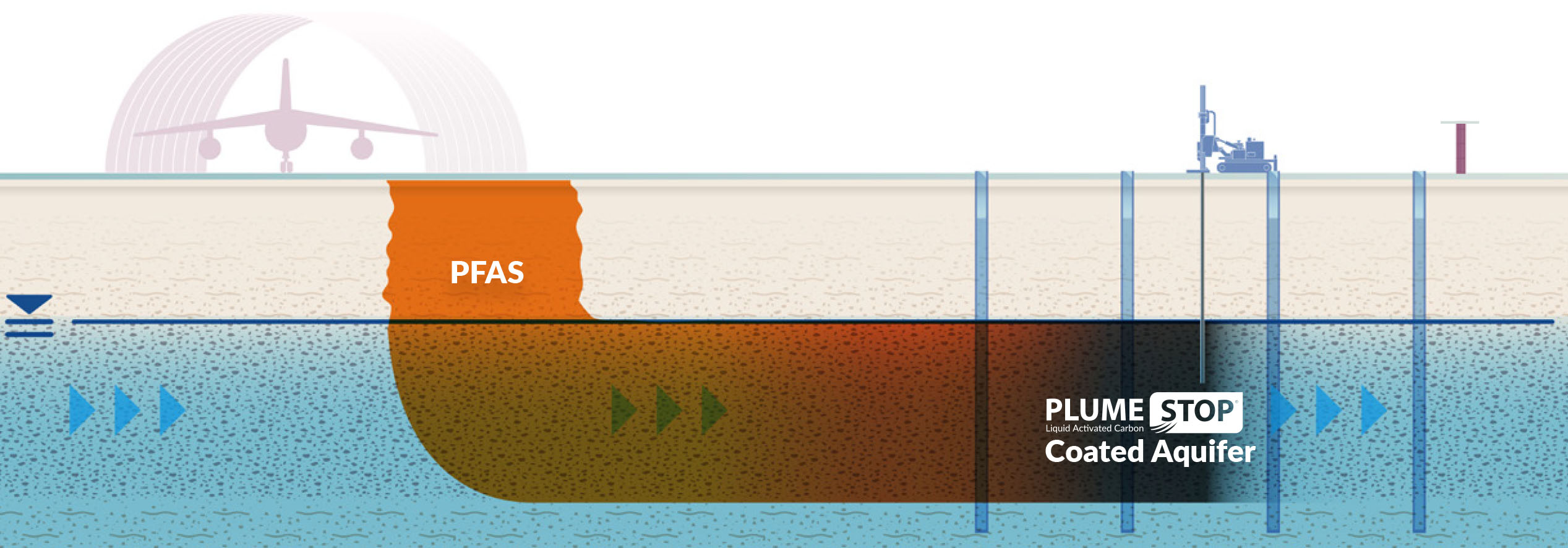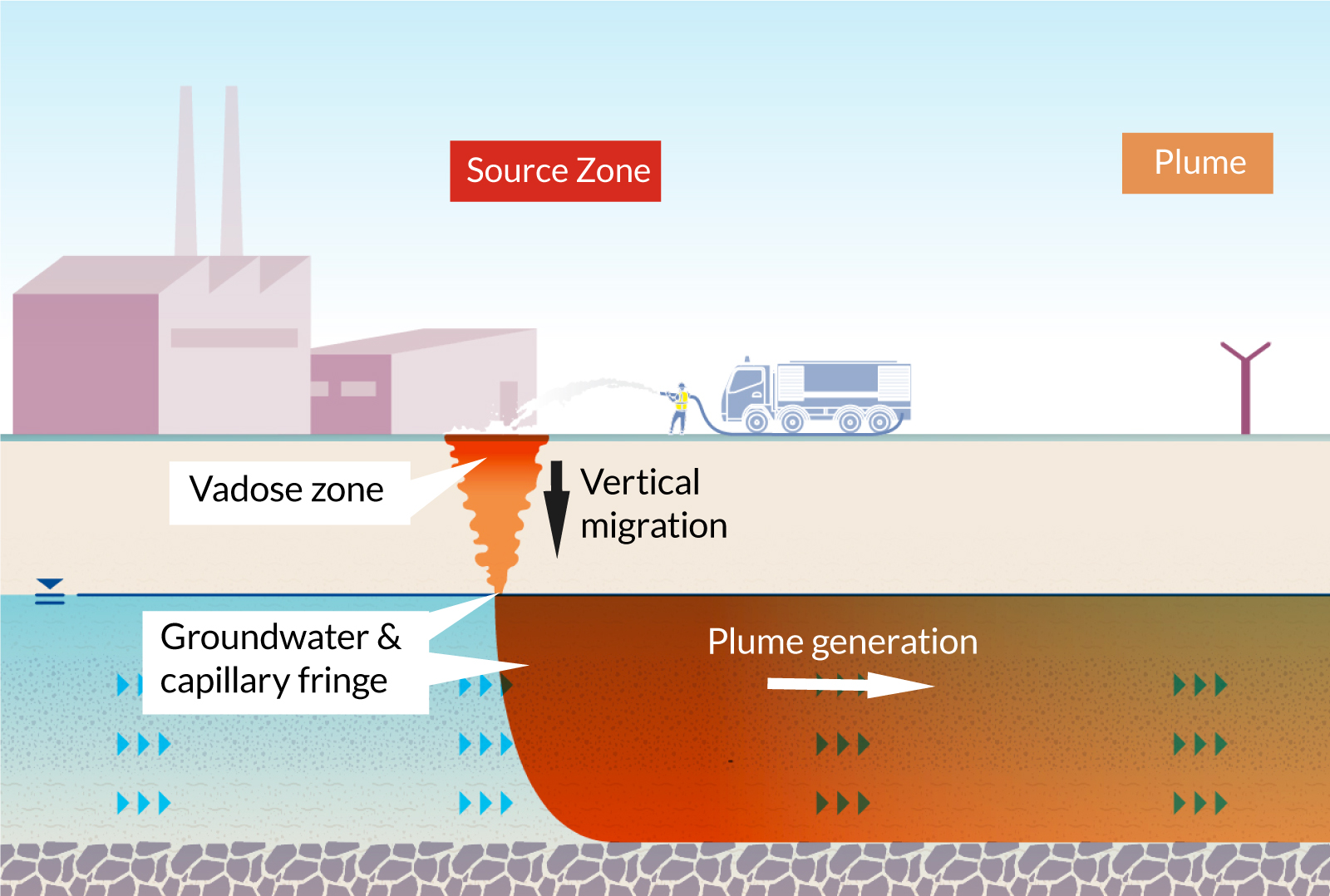M270 PFAS Treatment for Municipal Water Systems
Wiki Article
Your Guide to PFAS Treatment Technologies and Advantages
The prevalence of PFAS contamination in water sources demands a comprehensive understanding of readily available treatment technologies. Various methods, such as activated carbon purification, ion exchange systems, and advanced oxidation processes, existing distinctive advantages in resolving these persistent pollutants. Each innovation not just targets details PFAS substances yet additionally plays an important role in improving general water quality and securing environmental integrity. As neighborhoods come to grips with the implications of PFAS direct exposure, the option of a suitable therapy method becomes progressively crucial, motivating a more detailed examination of these modern technologies and their corresponding advantages.Understanding PFAS Contamination
Understanding PFAS contamination is essential for addressing its pervasive effect on environmental and human health and wellness (m270 pfas treatment). Per- and polyfluoroalkyl compounds (PFAS) are a team of artificial chemicals extensively utilized in different commercial and customer products due to their water- and grease-resistant homes. Generally found in firefighting foams, non-stick cooking equipment, and water-repellent textiles, PFAS have gone into the atmosphere with production processes, wastewater discharges, and seeping from landfillsAs soon as launched, these materials continue in the environment, bring about widespread contamination of dirt and water sources. Their unique chemical framework, identified by strong carbon-fluorine bonds, renders them resistant to degradation, resulting in a sensation called "permanently chemicals." PFAS can build up in the human body and the food chain, potentially triggering negative wellness results, consisting of immune system disruption, developmental issues, and an enhanced danger of certain cancers cells.
Regulatory firms and health and wellness companies are increasingly acknowledging the value of PFAS contamination, prompting efforts to check, evaluate, and mitigate its effects. Recognizing the pathways of PFAS contamination is crucial for educating public plan and establishing efficient techniques to shield both ecological and human health and wellness.
Introduction of Treatment Technologies
Various therapy modern technologies have been established to deal with the obstacles postured by PFAS contamination in water and dirt. These modern technologies can be generally categorized right into several categories, each with its one-of-a-kind mechanisms and performance in getting rid of PFAS substances.One prominent method is ion exchange, which uses material materials to record and get rid of PFAS from polluted water. This method is specifically reliable for short-chain PFAS and can achieve considerable reductions in concentration levels. Another innovation, progressed oxidation procedures (AOPs), employs strong oxidants and ultraviolet light to damage down PFAS right into much less harmful substances. AOPs are appropriate for treating a vast variety of PFAS compounds but may require careful optimization to optimize effectiveness.

Activated Carbon Filtering
Turned on carbon filtration is an extensively utilized technique for the elimination of PFAS from infected water, known for its ability to adsorb a broad variety of natural compounds. This technology uses turned on carbon, an extremely permeable material with a substantial surface location, which assists in the binding of PFAS particles through physical adsorption. The efficiency of triggered carbon in removing PFAS is influenced by several variables, including the kind of carbon made use of, the contact time, and the focus of PFAS in the water.One of the advantages of triggered carbon filtering is its flexibility; it can be implemented in numerous configurations, such as granular turned on carbon (GAC) systems or powdered activated carbon (PAC) systems. GAC systems are normally employed in larger-scale applications, while political action committee can be used in smaller or temporary arrangements. The technology is fairly simple to run and preserve, making it obtainable for many water therapy centers.

Ion Exchange Solution
Ion exchange systems stand for another reliable strategy for the elimination of PFAS from infected water, complementing methods like turned on carbon purification. These systems run on the concept of exchanging ions in the water with ions hung on a resin material. Ion exchange resins can be specifically created to target the adversely billed PFAS compounds, properly capturing them and allowing cleaner water to go through.One of the main benefits of ion exchange systems is their capacity to get rid of a vast array of PFAS, including both long-chain and short-chain variants. This flexibility makes them suitable for various applications, ranging from municipal water treatment to commercial procedures. In addition, ion exchange systems can frequently accomplish reduced detection limits for PFAS compared to some various other treatment methods, hence boosting water top quality.
Nevertheless, it is essential to keep an eye on and take care of the regeneration of ion exchange media, as the efficiency can decline over time as a result of saturation. Proper upkeep and substitute of the resin are vital for maintaining the system's efficiency. In general, ion exchange systems offer a dependable and efficient service for PFAS removal, adding dramatically to secure alcohol consumption water requirements and ecological defense.
Advanced Oxidation Processes
Advanced Oxidation Processes (AOPs) utilize effective oxidants to successfully degrade PFAS compounds in contaminated water. These cutting-edge therapy approaches create very reactive types, such as hydroxyl radicals, that can damage down complex PFAS particles right into much less dangerous results. m270 pfas treatment. AOPs commonly utilize mixes of ultraviolet (UV) light, ozone, hydrogen peroxide, or Fenton's reagent, enhancing the oxidation capacity and improving degradation performanceThe key benefit of AOPs exists in their ability to target a wide array of PFAS compounds, consisting of both long-chain and short-chain variations. This versatility is crucial, as PFAS contamination commonly entails mixes of various compounds with differing chemical structures. AOPs can be integrated right into existing water treatment systems, making them a practical solution for numerous towns and industries.
However, the execution of AOPs can be resource-intensive, needing cautious consideration of functional expenses and energy usage. Furthermore, while AOPs are reliable in damaging down PFAS, they may not totally eliminate all results, necessitating further treatment steps - m270 pfas treatment. On the whole, AOPs stand for a promising method for dealing with PFAS contamination, adding to cleaner water sources and improved public health and wellness protection

Final Thought
To conclude, attending to PFAS contamination needs a comprehensive understanding of offered treatment innovations. Turned on carbon purification, ion exchange systems, and progressed oxidation processes each existing one-of-a-kind benefits for properly removing these hazardous substances from water sources. By selecting the appropriate innovation, communities can boost water quality, protect public health, and minimize the environmental risks connected with PFAS exposure. Proceeded study and application of these techniques are necessary for reliable monitoring of PFAS contamination in affected locations.Report this wiki page